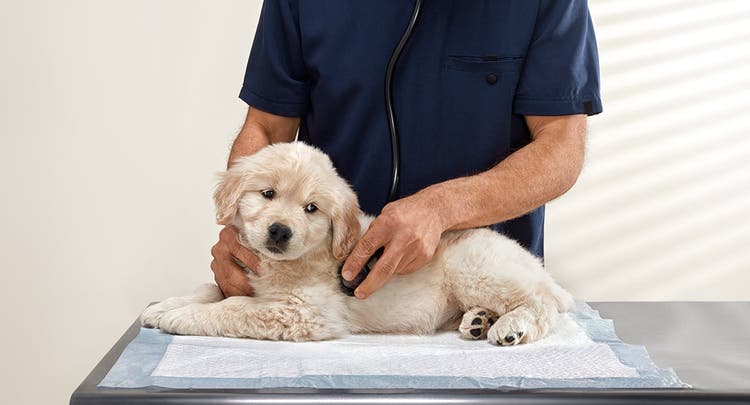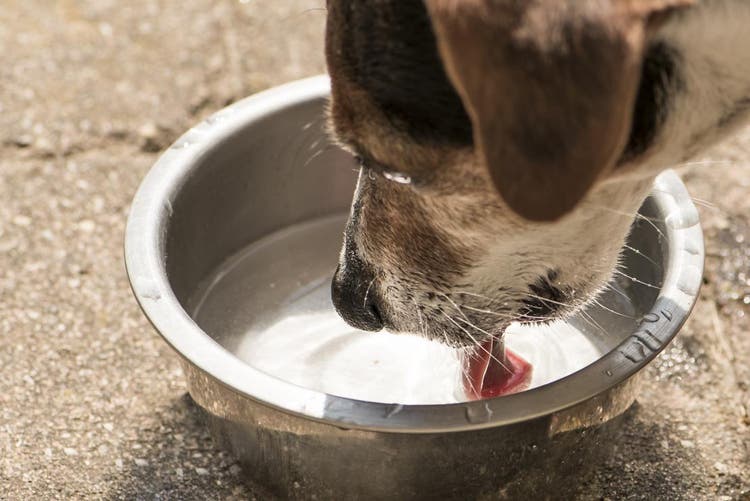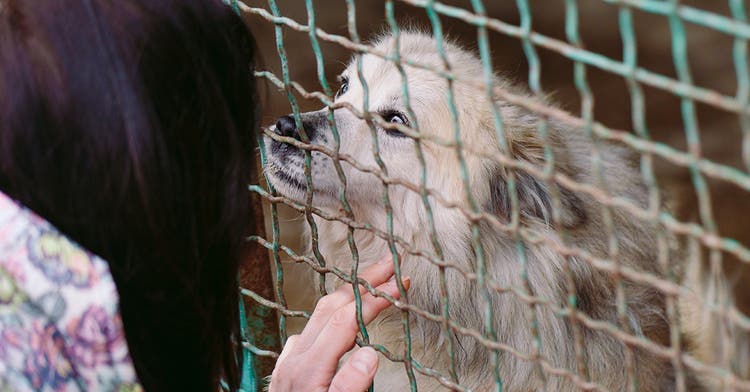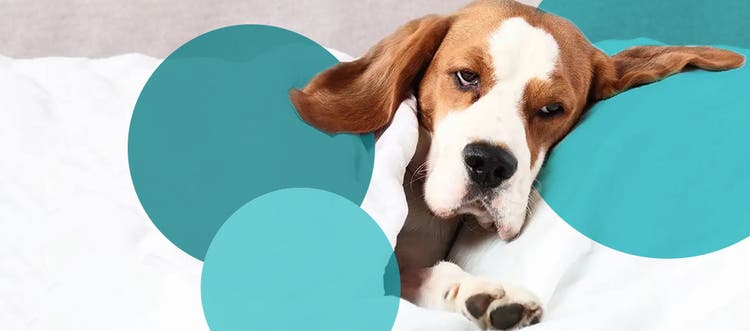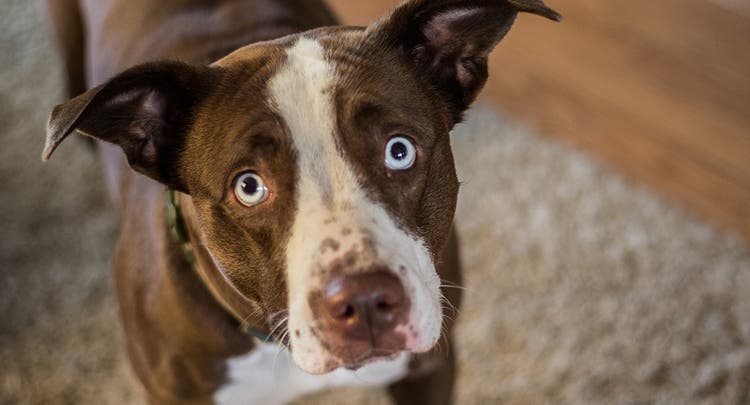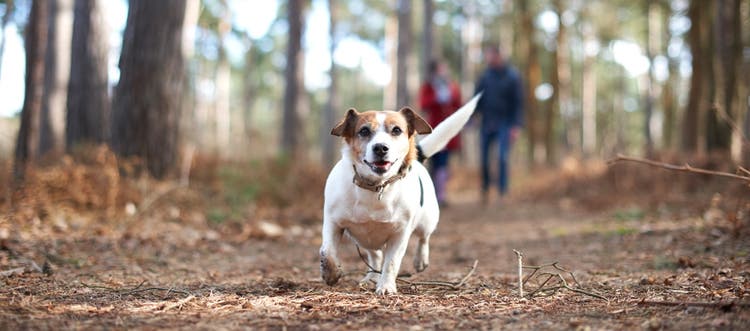Learn how to recognize the signs of parvo in puppies and dogs.
If you’ve ever owned a puppy, you've probably been warned about a deadly disease called canine parvovirus, or “parvo” for short. If you suspect your dog has parvo, contact your veterinarian right away. The disease can rapidly become debilitating or deadly, and getting prompt care can save your dog’s life.
Here’s what you need to know about parvo, including how your dog or puppy can get it, the early warning signs, as well as how to prevent it.
What Is Parvo in Dogs?
Parvo is a highly contagious virus that can affect unvaccinated and incompletely vaccinated dogs of any age, but it is especially worrisome in puppies.1 Parvo is preventable with vaccination, but being aware of the risks of the virus can help keep your dog protected.
How Do Dogs Get Parvo?
Parvovirus transmission can occur in several ways. Your dog can contract parvo by:
- Eating, sniffing or licking the feces of an infected dog
- Walking through an area with contaminated feces then grooming (or licking) their paws.
- Coming in contact with contaminated leashes or collars, or the clothing, shoes or hands of people who have handled infected dogs2
Puppies are at especially high risk for catching parvo because their immune systems are not yet fully developed. The disease is most severe in young, growing puppies that harbor intestinal parasites. This is why it is extremely important to vaccinate your puppy against parvovirus as soon as possible.
What Are the First Signs of Parvo?
Parvo signs and symptoms can worsen quickly, and the disease can be fatal. If your dog shows any of the following early signs of parvo, contact your veterinarian immediately:1
- Profuse, bloody diarrhea
- Vomiting
- Loss of appetite
- Lethargy
- Abdominal pain
- Weakness
- Collapse
What If My Dog Has Parvo?
The sad fact is that most deaths associated with parvovirus occur within the first 48 to 72 hours after the dog starts showing signs of the illness. That’s why it’s imperative to seek veterinary care immediately if you suspect your dog has parvo.
How Do Vets Test for Parvo?
Your veterinarian will conduct a fecal matter test for parvo. If your dog is diagnosed, they will recommend parvovirus treatment options based on your dog’s age and the severity of clinical signs.1,2
If your dog has been diagnosed with parvovirus, ask your vet about Canine Parvovirus Monoclonal Antibody. This revolutionary treatment is the first and only USDA-conditionally approved monoclonal antibody (mAb) treatment that targets canine parvovirus. One highly effective dose can help address the signs of parvo more quickly and may reduce hospitalization time. In other words, puppies 8 weeks of age and older may feel better faster and go home sooner.3
Watch this video to learn more about how Canine Parvovirus Monoclonal Antibody has been shown to improve the chances of survival for dogs with parvo:
How Do You Prevent Parvo in Dogs?
Fortunately, you can help protect your dog from parvo in several ways:
Get Your Puppy Vaccinated
The parvovirus vaccine is a highly effective core vaccine strongly recommended for all puppies. Your puppy will usually receive the parvo vaccine starting at around eight weeks of age, and will continue to receive it until 16-20 weeks of age. Puppies must complete all vaccinations before they are fully protected from canine parvovirus.
Adult dogs are less susceptible to parvo, but they can still get it if they are not vaccinated. Make sure to follow your veterinarian's recommendations to booster your dog's parvo vaccine regularly.
Spread the Word — Not Parvo
Remember how parvo spreads: through contact with an infected dog or a contaminated surface, leash or other item. You can help prevent the spread of parvo by notifying your neighbors if your dog has been infected, so they will know to keep their dogs away from your yard.
If your dog is recovering and seems better, it’s important to keep them away from other dogs for another two weeks as they may still be shedding the virus.
Disinfect Your House and Yard
Parvovirus can usually be killed using diluted bleach (½ cup of bleach per gallon of water) to clean colorfast surfaces like bowls, toys and hard floors. When laundering bedding, sheets, clothing or other contaminated fabrics, it’s recommended to use a detergent with bleach and a high-heat cycle to thoroughly dry all fabric.
Outside, you may be able to dilute the amount of virus in the environment by hosing down patios and walkways and watering your lawn frequently. Keeping your dog away from areas in your yard that do not receive much sunlight is recommended as well because the virus can survive better in damp, shaded areas.
Make sure to take your dog to your veterinarian for regular wellness visits and vaccine boosters. The best way to help prevent your dog from getting parvo is through vaccines. Keeping your dog's vaccinations up to date will not only protect your dog, but can also help prevent the spread of parvo to other puppies in your area.
References
- Canine parvovirus. (n.d.) Retrieved June 1, 2023, from https://www.avma.org/resources-tools/pet-owners/petcare/canine-parvovirus
- Parvo in Dogs. (January 6, 2023) Retrieved June 1, 2023, from https://www.petmd.com/dog/conditions/infectious-parasitic/c_dg_canine_parvovirus_infection
- Elanco Animal Health. Data on file.
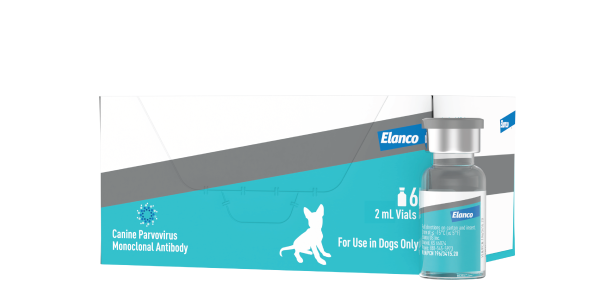
Canine Parvovirus Monoclonal Antibody
While vaccination can help prevent parvo, there have been no antiviral treatment options for dogs who become infected — until now. Canine Parvovirus Monoclonal Antibody (CPMA) is the first and only USDA-conditionally approved, one-dose parvovirus treatment.
Related Articles
Always read, understand and follow the label and use directions.


